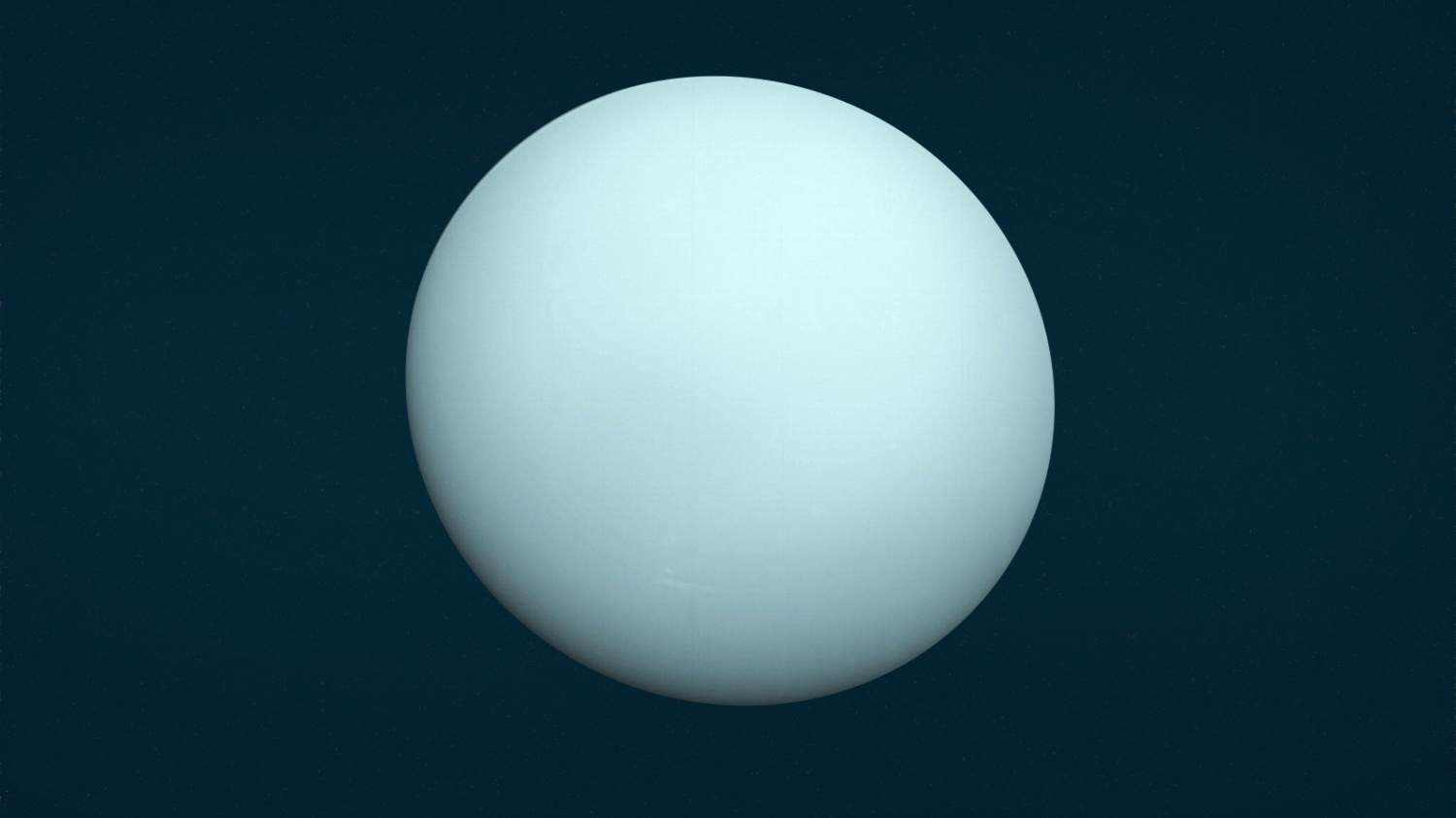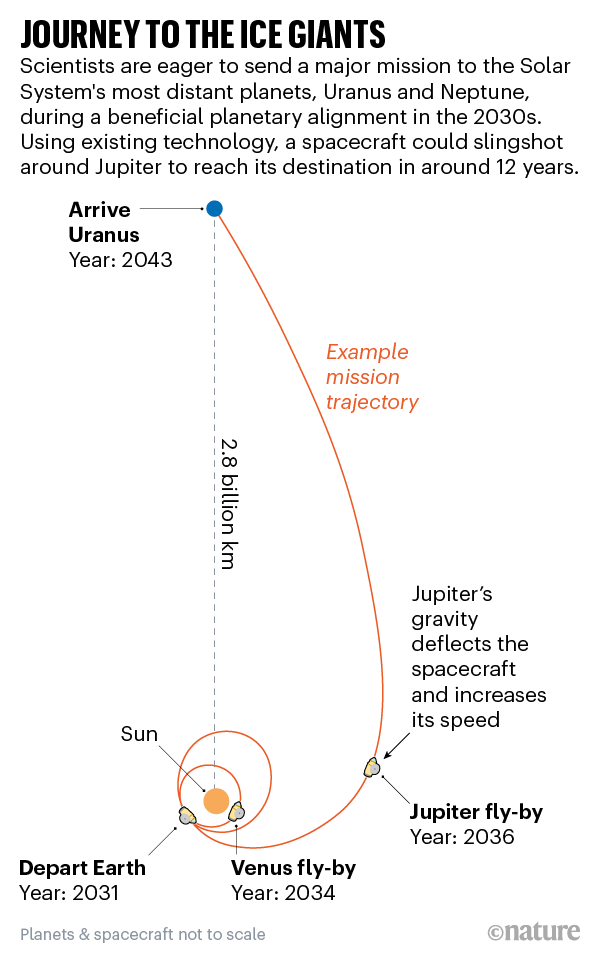Welcome to DU!
The truly grassroots left-of-center political community where regular people, not algorithms, drive the discussions and set the standards.
Join the community:
Create a free account
Support DU (and get rid of ads!):
Become a Star Member
Latest Breaking News
General Discussion
The DU Lounge
All Forums
Issue Forums
Culture Forums
Alliance Forums
Region Forums
Support Forums
Help & Search
Science
Related: About this forumAll Those Low-Cost Satellites in Orbit Could Be Weaponized by Hackers, Warns Expert
WILLIAM AKOTO, THE CONVERSATION22 FEB 2020
Last month, SpaceX became the operator of the world's largest active satellite constellation. As of the end of January, the company had 242 satellites orbiting the planet with plans to launch 42,000 over the next decade.
This is part of its ambitious project to provide internet access across the globe. The race to put satellites in space is on, with Amazon, UK-based OneWeb and other companies chomping at the bit to place thousands of satellites in orbit in the coming months.
These new satellites have the potential to revolutionise many aspects of everyday life – from bringing internet access to remote corners of the globe to monitoring the environment and improving global navigation systems.
Amid all the fanfare, a critical danger has flown under the radar: the lack of cybersecurity standards and regulations for commercial satellites, in the US and internationally.
More:
https://www.sciencealert.com/cheap-satellites-in-orbit-could-be-tempting-targets-for-hackers-to-weaponise
InfoView thread info, including edit history
TrashPut this thread in your Trash Can (My DU » Trash Can)
BookmarkAdd this thread to your Bookmarks (My DU » Bookmarks)
4 replies, 809 views
ShareGet links to this post and/or share on social media
AlertAlert this post for a rule violation
PowersThere are no powers you can use on this post
EditCannot edit other people's posts
ReplyReply to this post
EditCannot edit other people's posts
Rec (5)
ReplyReply to this post
4 replies
 = new reply since forum marked as read
Highlight:
NoneDon't highlight anything
5 newestHighlight 5 most recent replies
= new reply since forum marked as read
Highlight:
NoneDon't highlight anything
5 newestHighlight 5 most recent replies
All Those Low-Cost Satellites in Orbit Could Be Weaponized by Hackers, Warns Expert (Original Post)
Judi Lynn
Feb 2020
OP
How to Get to Uranus and Neptune? Scientists Will Use a HUGE Spacecraft Slingshot!
Judi Lynn
Mar 2020
#4
eppur_se_muova
(36,257 posts)1. Gosh ! If only someone had thought things through first !
Is that out of style, or something ?
LastLiberal in PalmSprings
(12,577 posts)2. 42,000 satellites!?! And that's just one company!
So much for sitting on our deck out here in the desert enjoying the visual peace of the dark night sky. Ain't progress great?
BTW, what's the plan to de-orbit one of these suckers when it wears out?
sofa king
(10,857 posts)3. They're already on it.
SpaceX created these small sats with a very narrow profile and an automatic de-orbit function should a satellite malfunction. Their albedo has already been significantly reduced from the first batch and, once an individual satellite reaches end-of-life, it can be maneuvered to occlude individual stars for the astronomers, on demand. I figure they'll help snapshot myriads of exoplanets.
The cool kids all know the real astronomy hot spot is on the far side of the Moon, anyway.
Judi Lynn
(160,515 posts)4. How to Get to Uranus and Neptune? Scientists Will Use a HUGE Spacecraft Slingshot!
6 March 2020, 2:51 am EST By Jamie P. Tech Times
Uranus and Neptune are two of the farthest planets from the Sun and the planet Earth. Since these two are too far from planet Earth, scientists do not have yet proper knowledge and information about what these planets have or contain. However, today Mar. 6, this mindset might change, now that scientists have discovered a way to visit the planets for a longer time compared before.
. . .

(Photo : NASA)
Space Planet Update: You Can Soon Enter and Look Inside Uranus-- in a Deeper Angle
We all know how planet Uranus is always the source of laughter and 'butt' jokes for everyone that must have heard its name. Though aside from its very funny name, Uranus is a spectacular planet that most scientists aim to study furthermore. However, since it is too far from Earth-- just like Neptune-- only limited information is available for these ice giants.
In the 1980s, scientists have already come up with a technology that sent spacecraft to planets Uranus and Neptune. Using NASA's Voyager 2, they found out that Uranus and Neptune are a fresh territory that scientists can study to learn more about planetary rings, atmospheres, moons, and oceans, according to Amy Simon, a planetary scientist at NASA's Goddard Space Flight Center in Greenbelt, Maryland.
Scientists will use spacecraft on a slingshot mode

More:
https://www.techtimes.com/articles/247808/20200306/how-to-get-to-uranus-and-neptune-scientists-will-use-a-huge-spacecraft-slingshot.htm